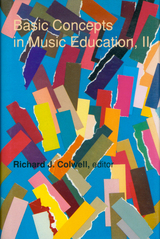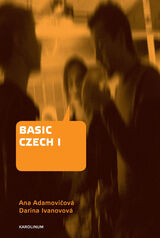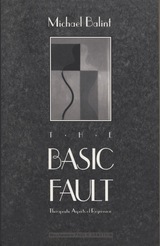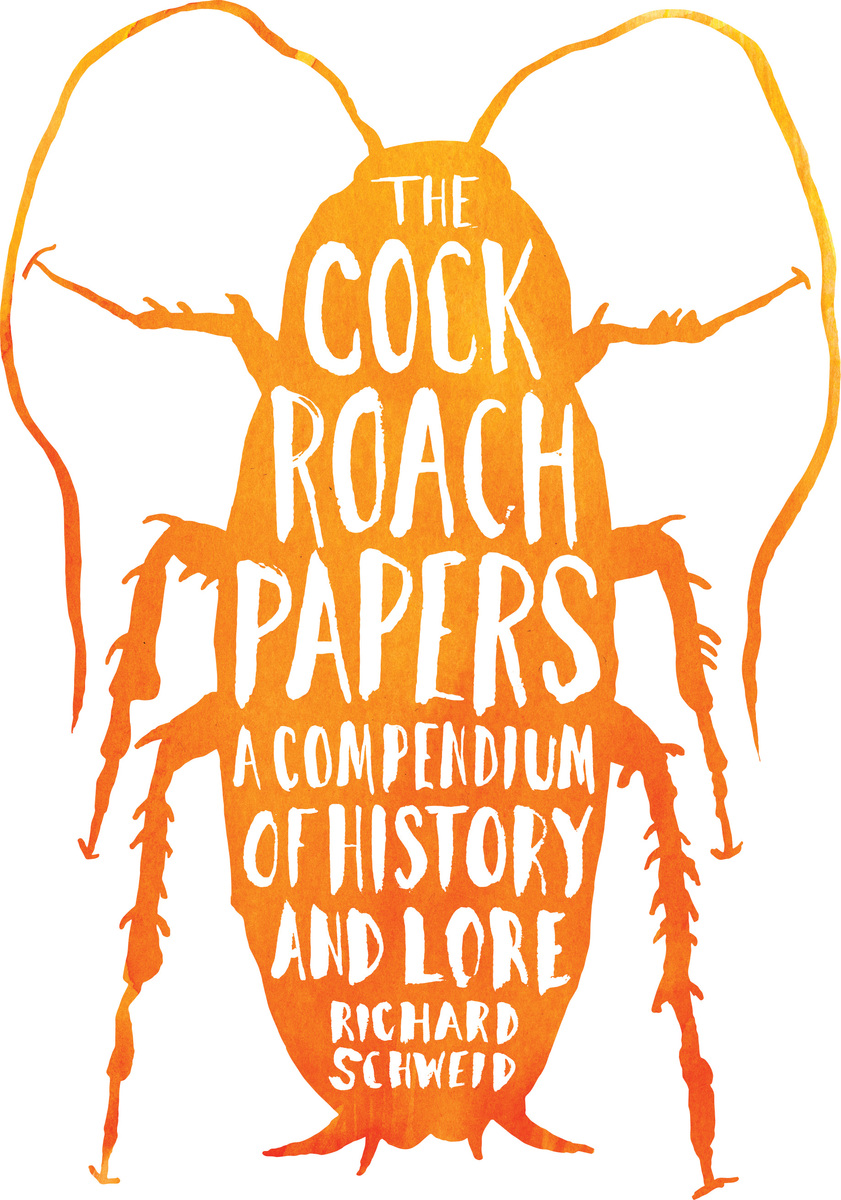
A continuation on the first edition, Basic Concepts in Music Education, II features revisions and updates by the living authors as well as contributions by new authors who delineate concepts of music education that are particularly important to the nineties and beyond. These topics include growth processes, learning theory, functional music, messages for teachers, the range of musical experience, technology, and evaluation.
Chapters from the most noted authorities in music education promise to provide definitive guidance in Basic Concepts, II that Basic Concepts, I has provided for the past quarter century. Among the contributors are Charles Fowler, Harry S. Broudy, Foster McMury, Wayne Bowman, Marilyn Zimmerman, Bennett Reimer, Clifton Burmeister, Richard Colwell, Robert Ehle, and Allen P. Britton. Like its predecessor, Basic Concepts, II offers rich and stimulating discussions on the most pertinent issues facing music education today - discussions that are vital to professionals and enlightening to the general reader.

A comprehensive introduction to Iraqi Arabic for beginners (with Iraqi-English and English-Iraqi glossaries) this is the language spoken by Muslim Baghdad residents, transcribed and not in Arabic script. It does not assume prior knowledge of Arabic. A Basic Course in Iraqi Arabic with MP3 Audio Files contains ten chapters of phonology to explain the sounds, and thirty more covering grammar and vocabulary. The phonology chapters all contain extensive drills. The grammar chapters start with a dialogue or brief narrative, then explain new vocabulary and points of grammar, and conclude with drills. The book is usefully enhanced with a bound-in CD with audio MP3 files to accompany the text and drills.

A Basic Course in Moroccan Arabic is a textbook in spoken Moroccan Arabic that is written for beginners who are unfamiliar with the Arabic language, alphabet, pronunciation, vocabulary, and grammar. Written in Latinate transcription it is carefully designed to present these elements in a progressive, user-friendly, step-by-step manner.
Following the initial pronunciation introductions and practice, there are 130 lessons consisting of a text where a small number of phrases and sentences illustrate grammatical points. These sections also contain exercises in new grammar and vocabulary. Each lesson is structured in a way that guides the learner naturally and comfortably into an understanding of the structure of Moroccan Arabic. From there, the course progresses into ninety-seven short, conversational dialogs that place the student in a variety of social situations.
First introduced to Arabic language students in the 1960s, A Basic Course in Moroccan Arabic still has no equal for clarity and ease of use. An audio CD of MP3 files that further aid and enhance the lessons is now bound into this volume.



The grammatical and lexical topics covered in this volume exceed the level we commonly call basic. Nevertheless to preserve the formal continuity of all three volumes, we have kept the title "Basic Czech." Grammar and vocabulary covered corresponds with level B1-B2 of the Common European Framework of Reference for Languages.

The Basic Fault continues to illuminate the crucial current issues in psychoanalysis and psychotherapy in general: the nature of self, the role of developmental defects, the value of empathy, and the central importance of the relationship between therapist and patient. This paperback edition includes a foreword by Paul H. Ornstein discussing the impact of Balint's work at the time of its publication and its continued importance now.

Library of Congress subject headings for this publication:
Schizophrenia -- Physiological aspects.
Schizophrenia -- Chemotherapy.
Schizophrenia -- drug therapy.
Schizophrenia -- physiopathology.
Schizophr�enie -- Aspect physiologique.
Schizophr�enie -- Chimioth�erapie.

